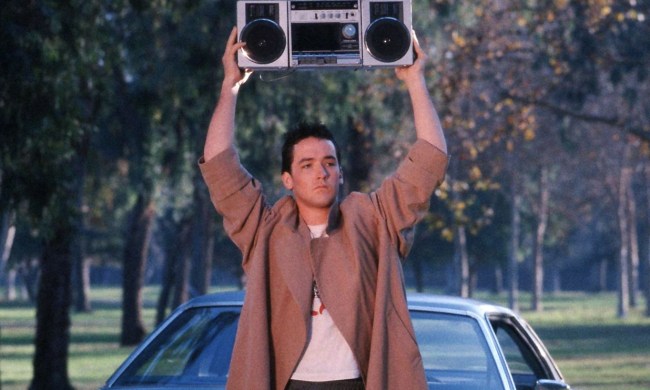“I can take someone who is healthy and make them healthier,” says Nathan Boniske, a Certified Advanced Rolfer in North Carolina.
Many athletes who want to boost their performance seek his rolfing expertise. He’s worked on triathletes, world-class mountain bikers, and Olympic cyclists. Participants often come to him before competing in events like Leadville.
Boniske started his practice in Manhattan before relocating it to North Carolina. He says along with athletes, he also works on a lot of yoga instructors who are particularly keen about knowing when their bodies are getting locked up, as well as musicians. “The performing artists need me,” he says. “Rolfers can increase the ability of someone’s body to utilize oxygen.”
He also works on injuries and rehabilitation of patterns of wear and stress. A common complaint he hears, especially among those in the cycling world, is Chondromalacia, which is an inflammation of the underside of the knee. He can often find a solution by working on a person’s hips and giving them more range of motion.
Developed by Dr. Ida Rolf in 1971, rolfing focuses on manipulating the muscle fasciae in order to create greater ease of movement. Dr. Rolf believed that correcting the misalignment in the body, caused by gravity and patterns of use, may remove or limit the discomfort. Rolfers stretch and separate the connective tissue to release tension.
For a couple of high profile athlete success stories, Boniske points to Craig Swan and Mark Howe. Swan, a former NY Mets pitcher, suffered a rotator cuff injury in 1980. At that point, no pitcher had ever returned to the game with a similar injury. Swan turned to rolfing for rehabilitation and came back to win 11 games for the Mets in 1982. He began training in 1985 as a professional rolfer.
Mark Howe, who played hockey for the Philadelphia Flyers, says rolfing saved his career. After the recommended 10 rolfing sessions, he played more than 60 games.


